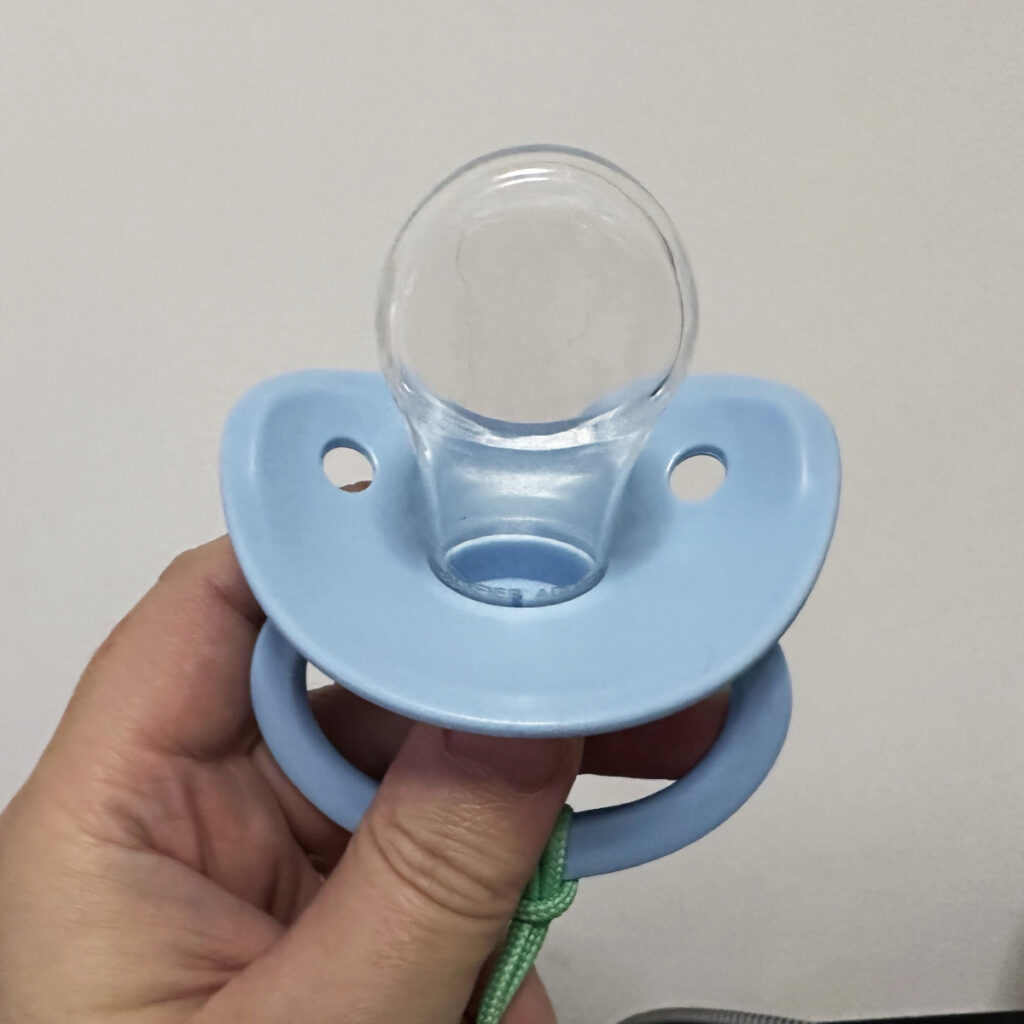
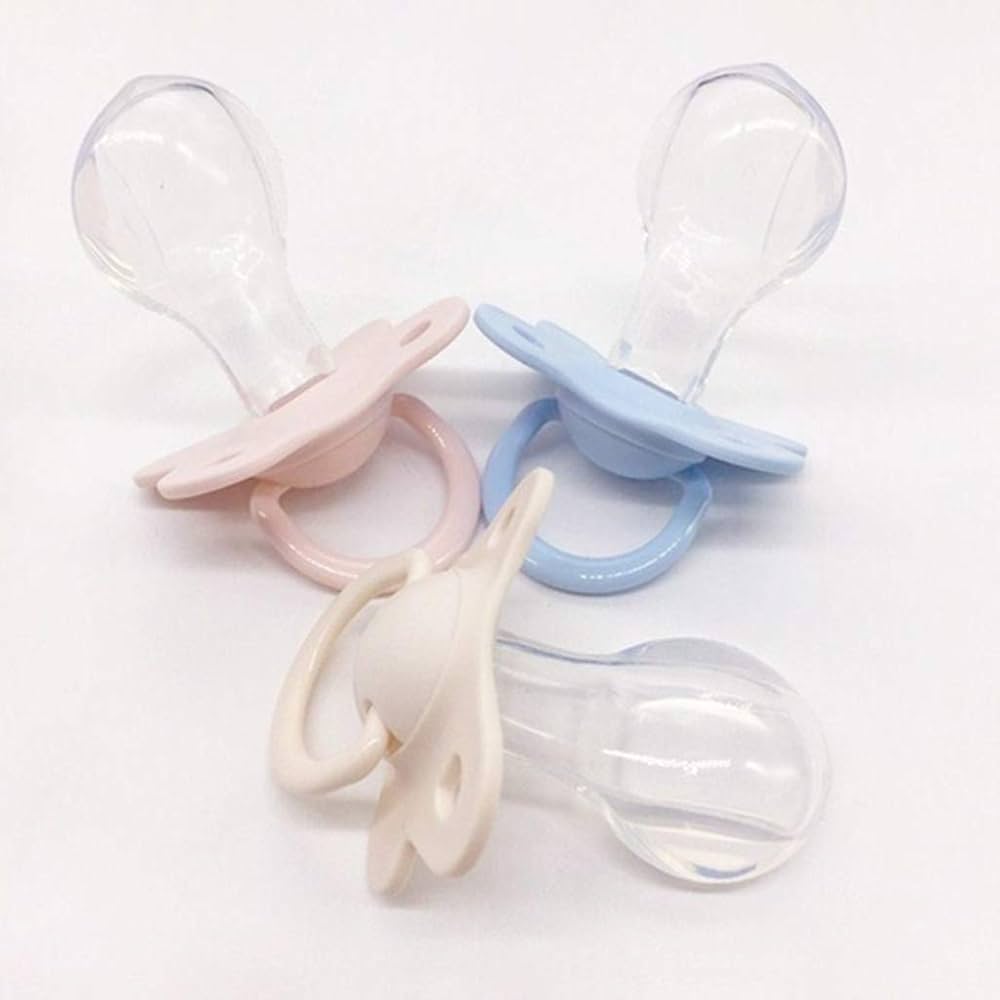
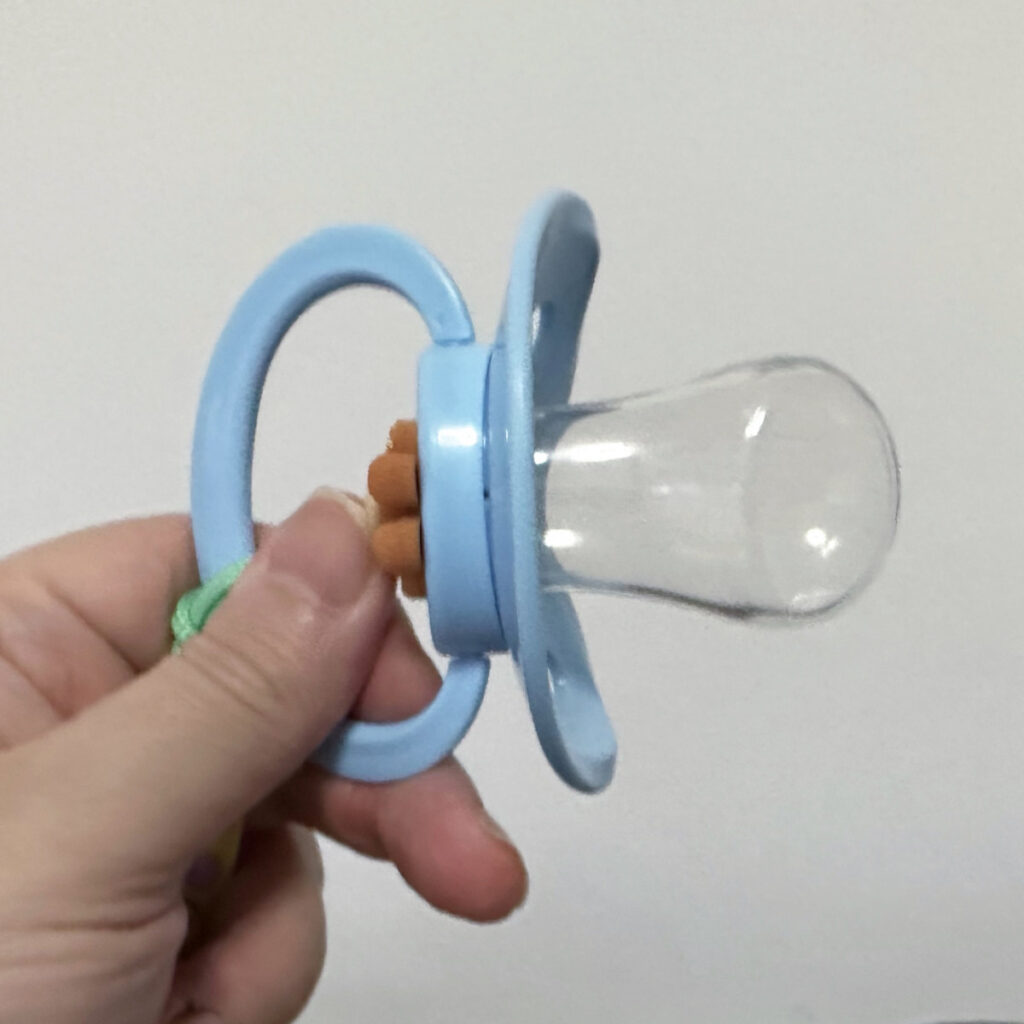
Move over, stress balls—there’s a new tool in town for stressed-out adults: adult pacifiers. Yes, the same type of soothers babies use, now scaled up for grown-ups, and it’s taking the internet by storm.
What Are Adult Pacifiers?
Adult pacifiers are essentially larger versions of the classic baby pacifier, usually made from silicone or plastic. They look like the ones infants use, but are designed to fit adult mouths comfortably. While they may seem quirky, millions of adults worldwide are turning to these “soothers” for a surprising mix of stress relief, better sleep, and even help with quitting smoking.

Where Did This Trend Come From?
The craze started in China, where online marketplaces like Taobao and JD.com began selling adult pacifiers. Prices vary dramatically—from as low as $1.50 to over $70, depending on materials and features. Social media played a huge role in making the trend viral. Platforms like Douyin (China’s TikTok) and TikTok in the U.S. are flooded with videos of adults using pacifiers to calm down after a hectic day, manage ADHD symptoms, or even cope with burnout.
Why Are Adults Using Pacifiers?
The reasons are surprisingly relatable: Stress Relief: Sucking on a pacifier can trigger a sense of safety and nostalgia, helping users feel calm. Better Sleep: Many report that pacifiers help them drift off faster at night. Smoking Cessation: The act of sucking keeps cravings at bay. ADHD Management: Some users say it improves focus and calms restlessness. Snacking Control & Teeth Grinding: It can reduce impulsive eating and night-time teeth grinding. Psychologists call this the “regression phenomenon,” where adults subconsciously return to comforting early-life habits to cope with anxiety.
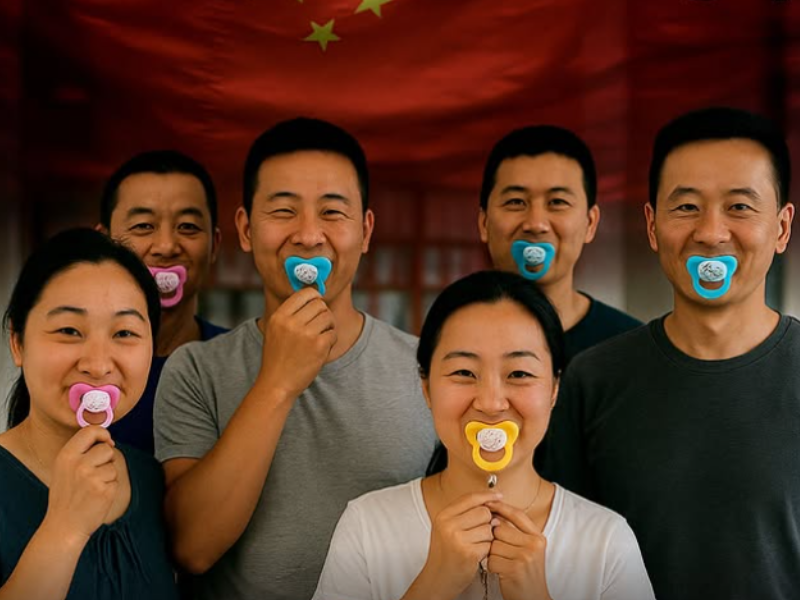
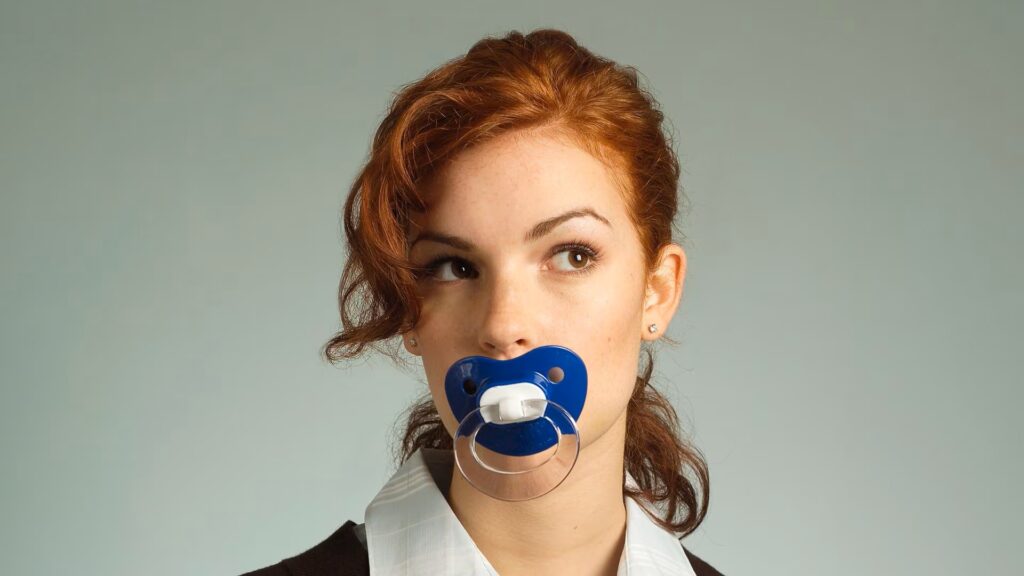
The Flip Side: What Experts Warn About
While adult pacifiers may seem harmless, dentists and doctors caution against prolonged use. Risks include: Dental Damage: Continuous sucking can create an open bite, misalign teeth, or cause jaw stiffness. Tongue & Speech Issues: Retaining infantile swallowing patterns may affect speech. Oral Injuries: Friction can lead to ulcers or irritation. Breathing & Choking Risks: Using a pacifier during sleep can be dangerous if it blocks the airway. Masking Stress: Pacifiers offer temporary relief but do not solve underlying problems, potentially delaying healthier coping strategies.
A Quick Snapshot (Fun Version!)
Here’s the adult pacifier story in bite-sized, easy-to-digest pieces: It all began in China and quickly went global thanks to TikTok. Adults love it for stress relief, better sleep, and even helping curb smoking or teeth grinding. But it’s not all fun—dentists warn that too much sucking can mess with your teeth, jaw, or tongue. Think of it like a quirky comfort tool: fun for short-term relief, but not a replacement for long-term solutions like therapy, exercise, or meditation.

Conclusion: Proceed With Caution
Adult pacifiers are quirky, viral, and sometimes effective for short-term stress relief—but they come with real risks. Experts advise focusing on healthy, sustainable stress management instead. Safer alternatives include: Chewing gum or mints, stress balls or fidget toys, deep breathing, meditation, or yoga, hobbies or creative outlets, professional therapy for chronic stress or anxiety. The takeaway? A pacifier might bring a quick smile, but nothing beats long-term wellness for your mind, body, and teeth.























